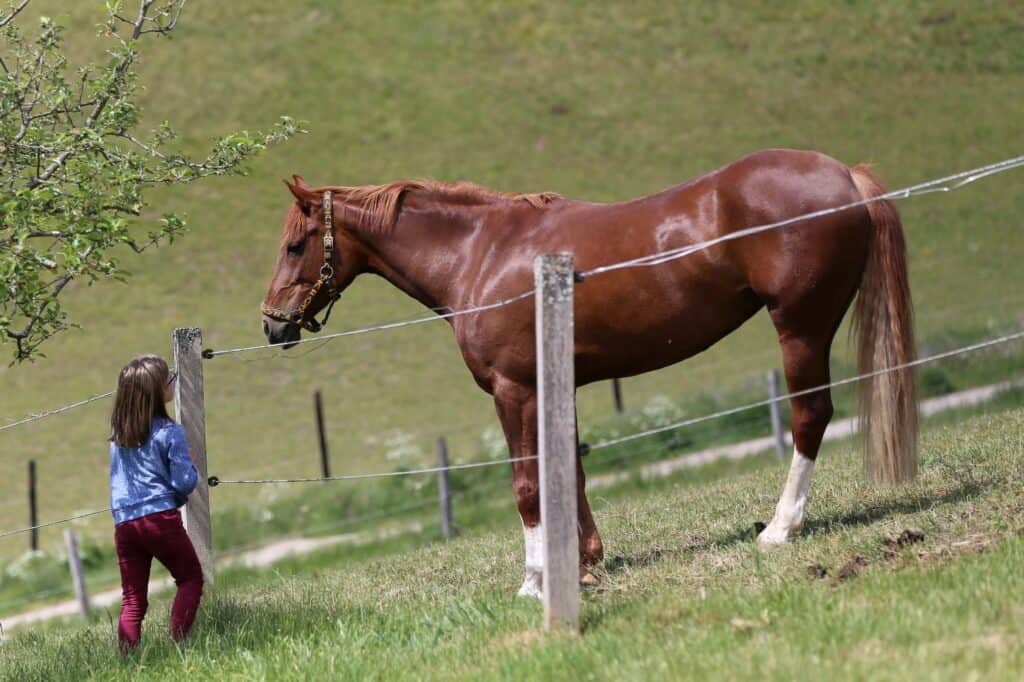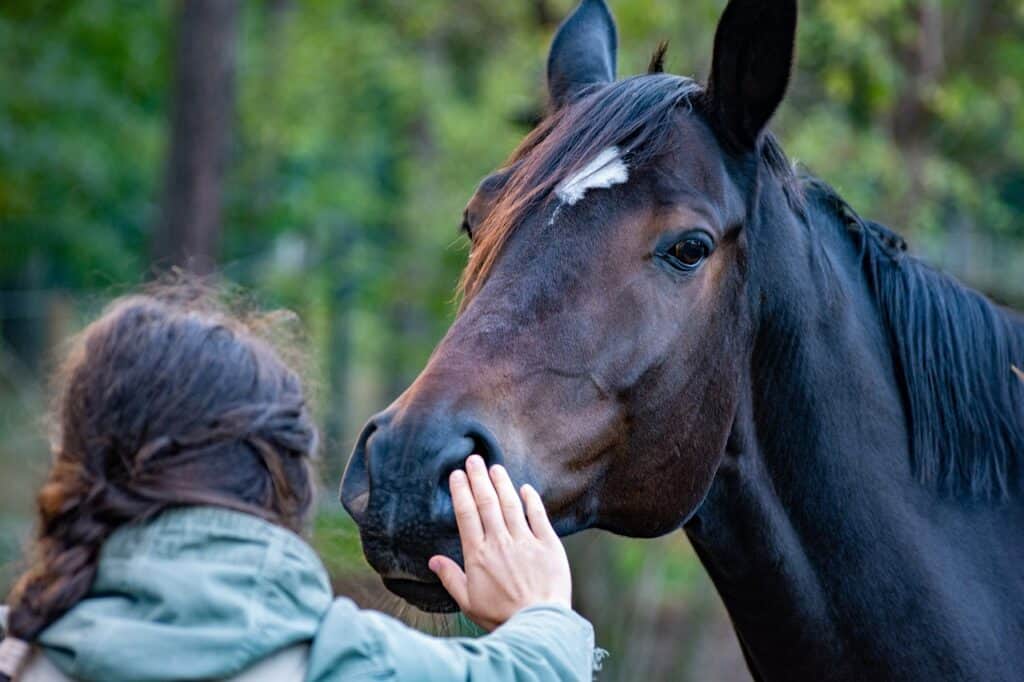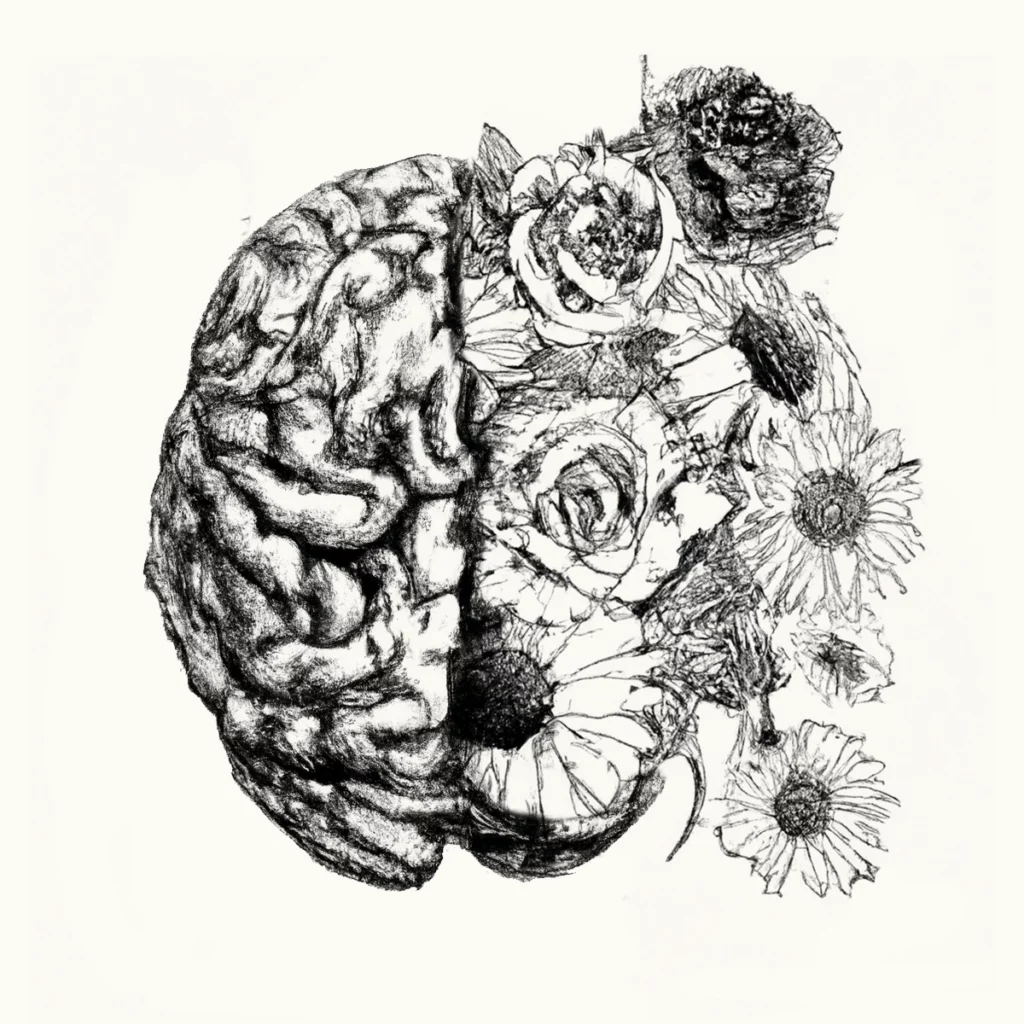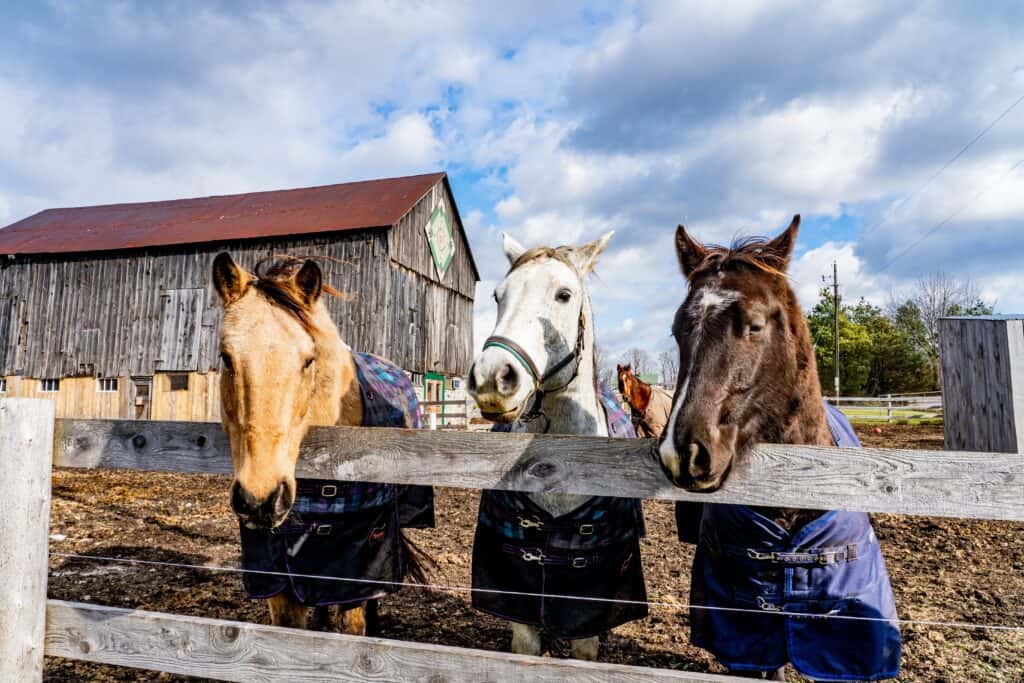To me, because our field is primarily a model-driven one, and with few exceptions, not one driven by the specific goals of a psychotherapeutic modality, as providers, we must first get clarity on our theory of change. Then, we can gain greater clarity on how to interpret and utilize the exquisite, powerful, and inspiring equine-based interactions that we see every day.
First, from a therapeutic modality perspective, know that what is provided through EA-EMDR is based on material that is actually derived from two clinical perspectives, Structural Dissociation Theory (SDT) and its utilization of a staged approach to trauma treatment in the treatment of dissociation and also the Adaptive Information Processing Model (AIP) as ascribed to by those trained in Eye Movement Desensitization Reprocessing (EMDR) Therapy.
While we will unpack both of these clinical perspectives in more detail in a little while, for now, let’s just start with me sharing that key question for one who is informed by the AIP model and the theory of structural dissociation, becomes an inquiry regarding how to not just identify what must be processed, to “access, stimulate, and move” (Francine Shapiro) traumatic material, that “painful stuff,” but to actually be able to identify the extent of the dissociation, the non-realization, that could contribute to, will, or has already, or will contribute to “blocked” the processing. In other words, the dissociation also has to be treated first before we get to the material. So, in summary, that’s the summary of EA-EMDR from a perspective of its clinical theory of change.
Furthermore, with trauma therapy of any kind, we need the client to have one foot in the present, and one foot in the past, in order for those traumatic memories to even be processed in the first place without clients going into reliving them. We don’t just “grab” the memories, and light them up without stabilization in place first i.e. treating the dissociation must occur, first.
EA-EMDR is about partnering with horses as co-facilitators, acknowledging, appreciating, and partnering with their natural, organic, and herd-driven behaviors And, from the perspective of EA-EMDR, and as a horsewoman and yogi, with a deep respect for the horse as a teacher, is doing so while rooted in my core belief that to partner with horses in this world is a privilege, not a right.
Horses invite us to remember the difference between what is real, and what is not, for their ability to teach us about presence is divine in its nature. As we will discuss later, finding presence goes way beyond the concept of “grounding,” and in fact, for many clients grounding skills, even when working with horses, are just not enough. There’s more underfoot if you will. More on what influences our sense of “presence” in the next blog post!




